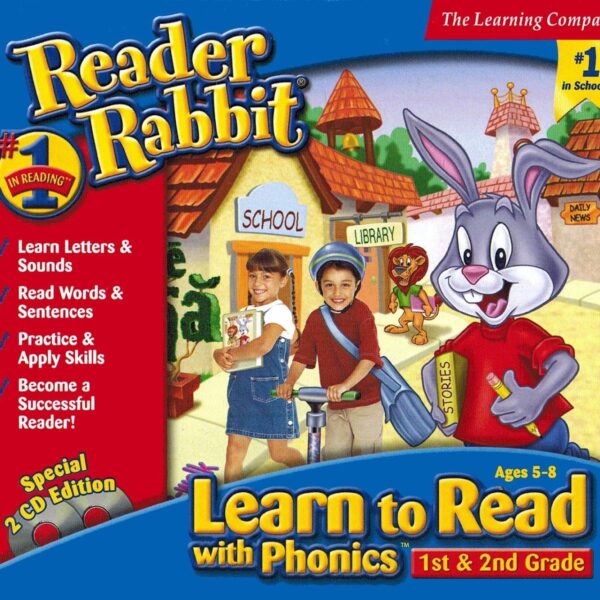Description

Here is a manual for serious music students. Music Theory Book 1 lays out the foundation of basic chords. Music Theory Book 2 discusses extended chords. The basic chord tones ( 1, 3, 5) and color tones ( b3, b7, 7, 9, 10) are all explained with diagrams and charts. You will be able to see everything in one flash so that you have deep insights into music theory. This manual helps you to focus on the main issues so that you can capture all the important aspects of piano chords. Major, minor, dominant, secondary dominant chords are fully explained.
Here are the topics of Book One: Basic Chords:
BOOK ONE: Music Theory 1 – Basic Chords
1.1 Chapter 1 Major Scales
1.2 The 12 Major Scales
1.3 Sounds of the Major Scale of 12 Keys
2.1 Chapter 2 Basic Triad Chords
2.2 Major and Minor Triads
2.3 The 7 Diatonic Chords in the Key of C
2.4 How the 7 Diatonic Chords are formed in Key of C
2.5 A Summary Chart of the 7 Diatonic Chords in the Key of C
2.6 Think in Roman Numerals
2.7 Many songs can be harmonized with 3 Major Chords
2.8 Summary Chart of Diatonic Chords of all 12 Keys
2.9 The Sound of Major Triads
3.1 Chapter 3: Dominant Chord V7
3.2 There are many types of 7th chords
3.3 The V7 CHORD in Key of C
3.4 Dominant 7 – b7
3.5 Dominant V7 and Tonic I
3.6 V7 wants to resolve to I
3.7 V7 to I is a Perfect Cadence
3.8 V7 to I Resolution
4.1 Chapter 4: The Subdominant Chord – IV Chord
4.2 IV to I is the Plagal Cadence
4.3 The plagal cadence IV to I in all 12 keys
4.4. IV to I – Amen Resolution
5.1 Chapter 5: Basic Understanding of Circle of 5ths
5. 2 The Diagram of the Circle of 5ths
5.3 12 Key Signatures
5.4 Flats and Sharps
5.5 Use the Circle to identify I IV V7 of all 12 Keys
6.1 Chapter 6 3 Chord Songs – I IV V7
6.2 A List of 3 Chord Songs
Here are the topics of BOOK TWO – Extended Chords
1.1 Chapter 1: Color Chords are Built on Basic Chords
1.2 What are Color Chords?
2.1 Chapter 2 Major 7th Chords – Color Tone 7
2.2 Application of Major 7 to music
2.3 The sounds of Major 7 Chords in all 12 Keys
3.1 Chapter 3 Dominant 7th Chords – Color Tone b7
3.2 Dominant 7 – b7 tone
3.3 The sound of Dominant 7 Chords
3.4 Summary Chart of 12 Dominant 7 Chords of all 12 Keys
3.5 Chord Resolution V7 to I in all 12 Keys
4.1 Chapter 4: Minor 7th Chords – Color Tones (b3, b7)
4.2 The Sound of Minor Chords
4.3 Minor Chord Substitution Rules
4.4 Minor chord substitution rule to Key of C
4.5 Chord Progression ii7 V7 I
4.6 Chord Progression ii7 V7 I in all 12 Keys
5.1 Chapter 5: Secondary Dominants II7
5.2 Secondary Dominants – V7 of V7
5.3 How to form the II7 Chords?
5.4 When do we use II7 instead of ii7?
5.5 II7 V7 I in all 12 Keys
6.1 Chapter 6: Upper Chord Extensions
6.2 Extended Chords: Color Tones 9, 11, 13
6.3 How are extension chords formed?
6.4 Extended Chords are built from scale tones
7.1 Chapter 7: Extended Chords: 9th Color Tone
7.2 Key of C: CM9 & FM9
7.3 Minor chord: ii9 Dm9
7.4 Dominant chord: V9 – G9
7.5 Secondary dominant chord: II9 D9
7.6 9th Chords are 5-Tone Chords
7.7 How do you play a 5-tone chords on the piano?
7.8 Substituting 9th Chords
7.9 Add 9 in Music
7.10 Ballad 9 style
8.1 Chapter 8: 10th Color Tone – Open Harmony
8.2 C CHORD – 10th Open Harmony
8.3 F CHORD – 10th Open Harmony
8.4 G CHORD – 10th Open Harmony
8.5 G7 CHORD – 10th Open Harmony
9.1 Chapter 9 – Conclusion – Reharmonization
Enjoy the manual! 🙂
ASIN : B00HQHER2C
Publisher : RR Publishing; 1st edition (January 6, 2014)
Publication date : January 6, 2014
Language : English
File size : 3257 KB
Simultaneous device usage : Unlimited
Text-to-Speech : Enabled
Screen Reader : Supported
Enhanced typesetting : Enabled
X-Ray : Not Enabled
Word Wise : Enabled
Sticky notes : On Kindle Scribe
Print length : 122 pages













